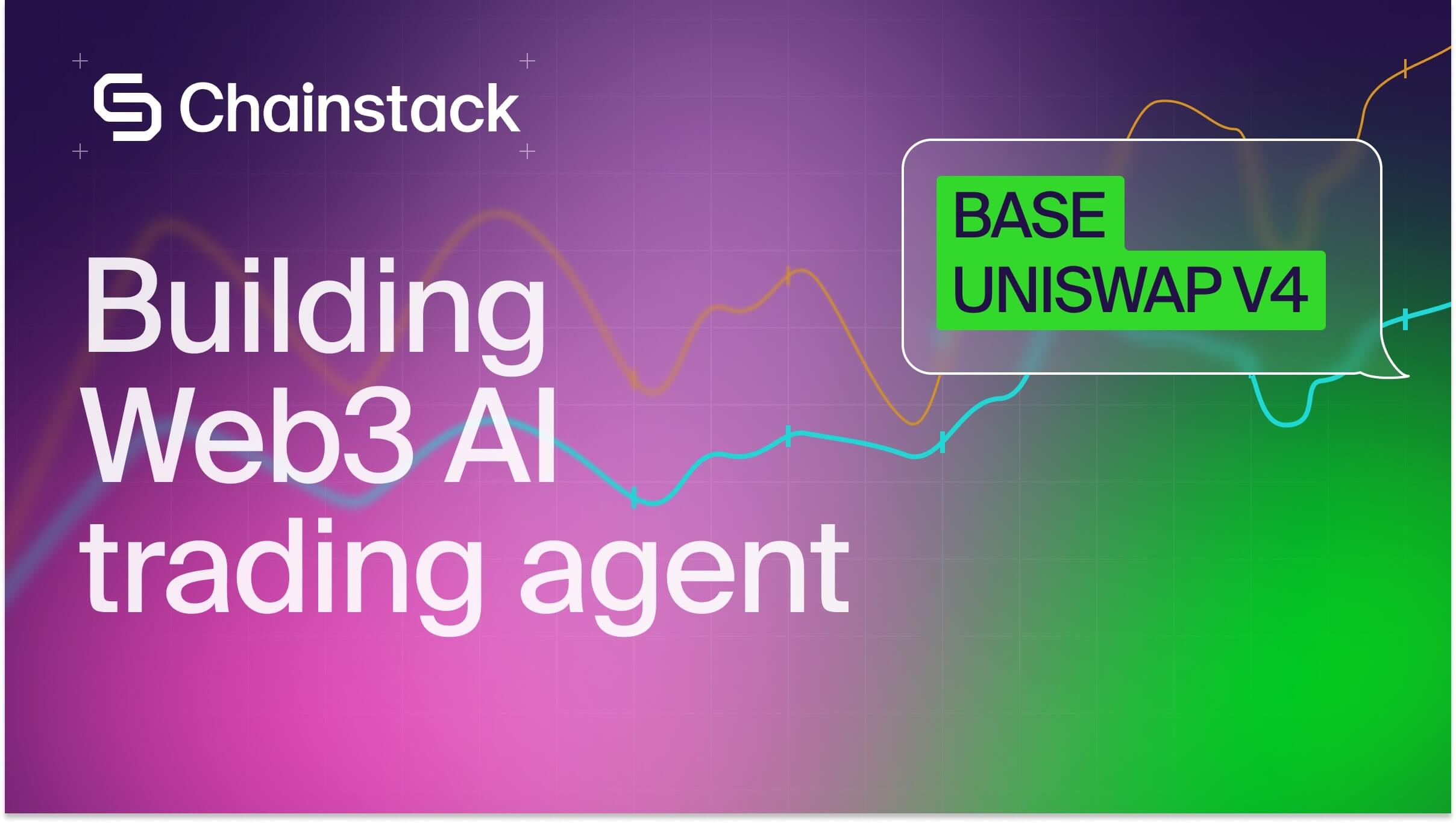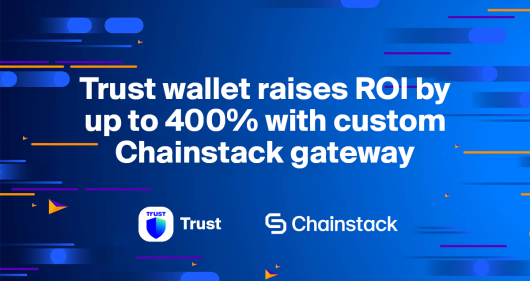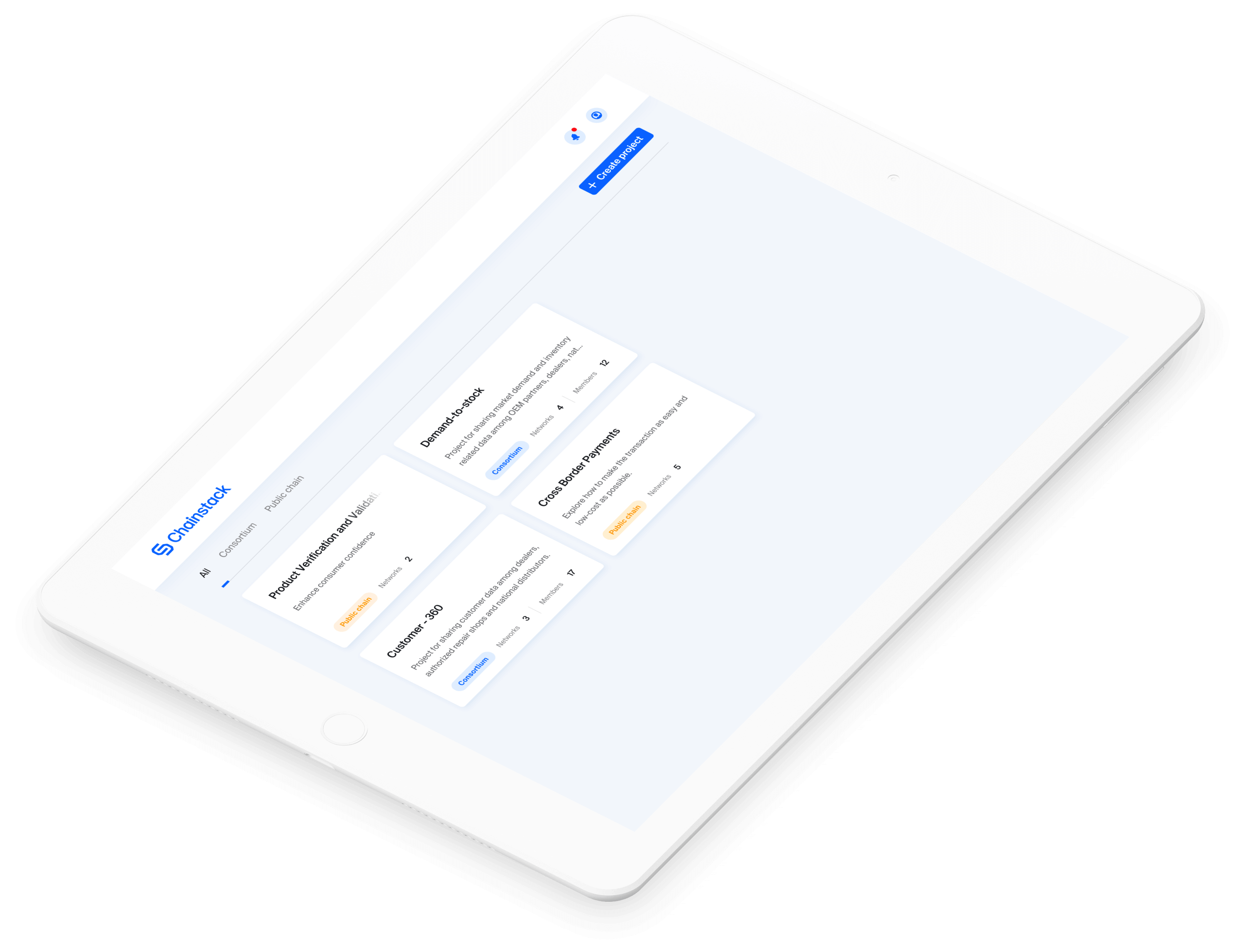Helius RPC provider: A Practical Overview (2025)
Solana teams care about two things: how quickly you can read state and how reliably you can land transactions when the network is busy. Helius leans into both with Solana‑specific plumbing, staked connections for sends, gRPC‑class streaming, and pre‑parsed data so you write less glue code.
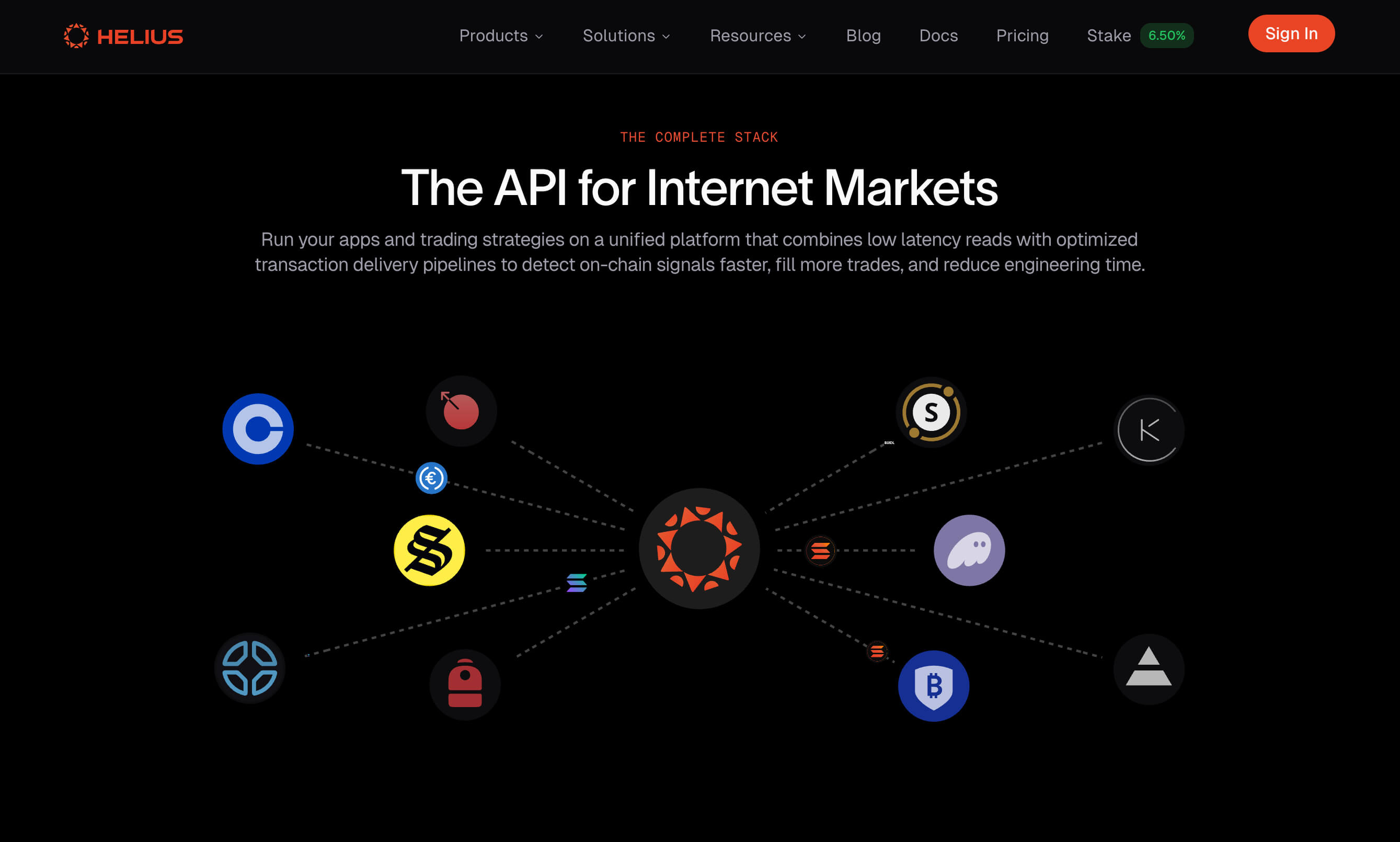
Helius is a Solana-focused RPC and data platform that bundles staked RPC sends, Sender’s parallel submit path to Jito, Yellowstone-compatible LaserStream with replay and regional failover, faster Enhanced WebSockets, and DAS APIs for assets and transactions, all wrapped in a credit-based model with clear RPS caps and optional fixed-rate streaming tiers.
Where Helius fits (and where it doesn’t)
Best fit
- Solana‑only projects that need fast inclusion and low‑latency streams. Sender + staked defaults help when slots are tight.
- Teams that don’t want to maintain Yellowstone clusters; LaserStream is turnkey and adds replay/failover.
- Apps that hate writing parsers. DAS and Enhanced Transactions cover common asset and tx workflows.
Not ideal
- Multi‑chain roadmaps (you’ll need a second provider elsewhere).
- Workloads that can’t tolerate plan gating (e.g., LaserStream mainnet is Professional+; Enhanced WS sits on Business+).
Product surface
RPC nodes (HTTP/WSS). Paid plans use staked connections by default via the regular mainnet endpoint; “secure” masked URLs exist for frontends.
Streaming choices.
- LaserStream (gRPC) — drop‑in for Yellowstone; adds historical replay, auto‑reconnect, and multi‑region endpoints.
- Enhanced WebSockets — 1.5–2× faster on average than standard WS; now powered by the LaserStream backend.
- Webhooks — server‑to‑server pushes when you prefer HTTP over sockets.
Data APIs.
- DAS (Digital Asset Standard): ownership/metadata for tokens, NFTs, and compressed NFTs.
- Enhanced Transactions: human‑readable tx data + address history.
- getTransactionsForAddress: Helius‑exclusive, paginated, filterable history in a single method.
Send path.
- Sender: submits in parallel to Jito and Helius across 7 regions; no credits billed, min 0.001 SOL tip; tuned parameters recommended for speed.
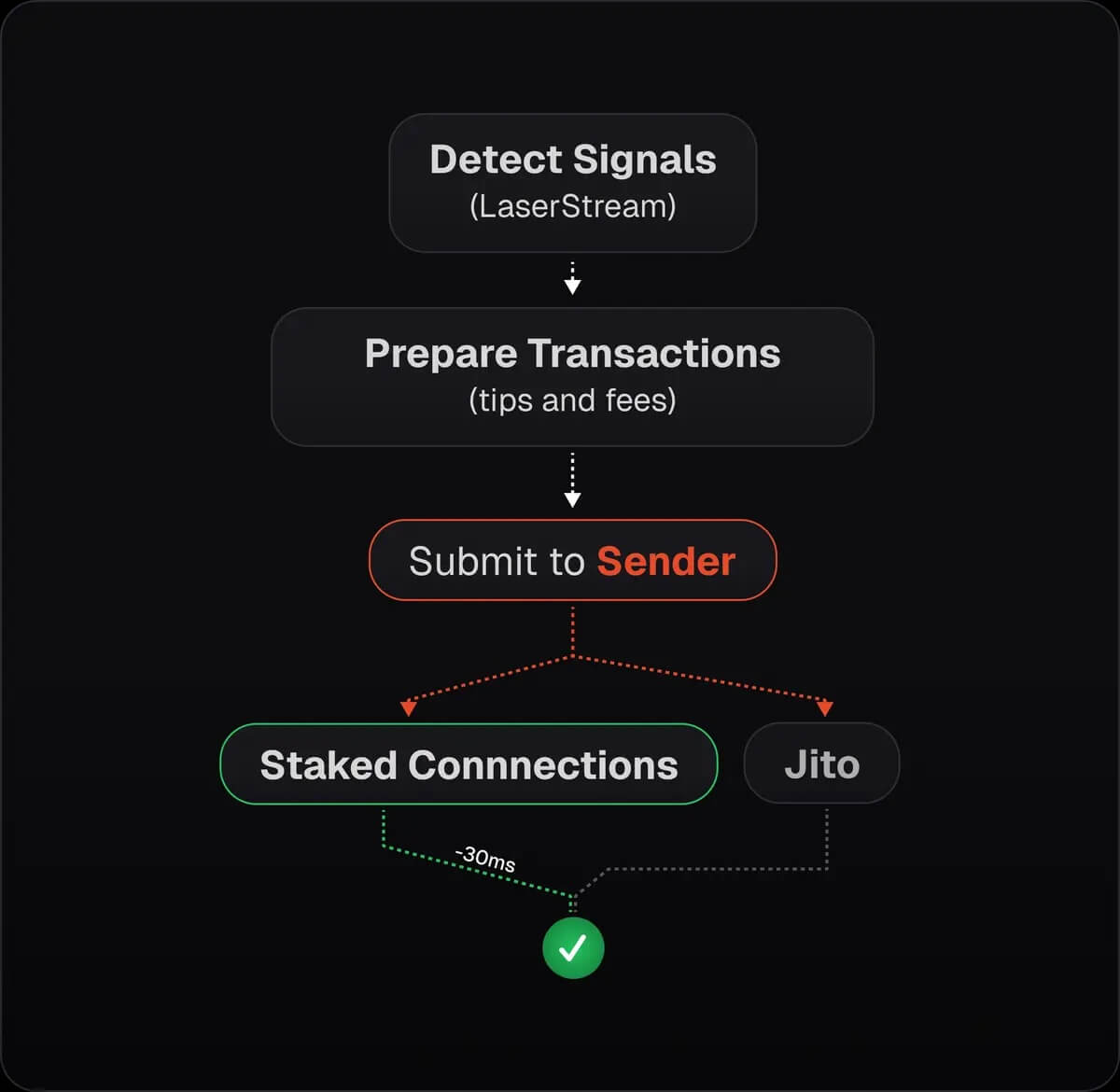
Specialized option.
- Shred Delivery (beta): UDP feed of raw shreds for desks chasing single‑digit‑ms advantage.
Pricing at a glance
- Plans include monthly credits (with RPS caps).
- Data add‑on for LaserStream & Enhanced WS: 5–100 TB fixed tiers.
- Dedicated nodes listed as starting around $2,900/mo.
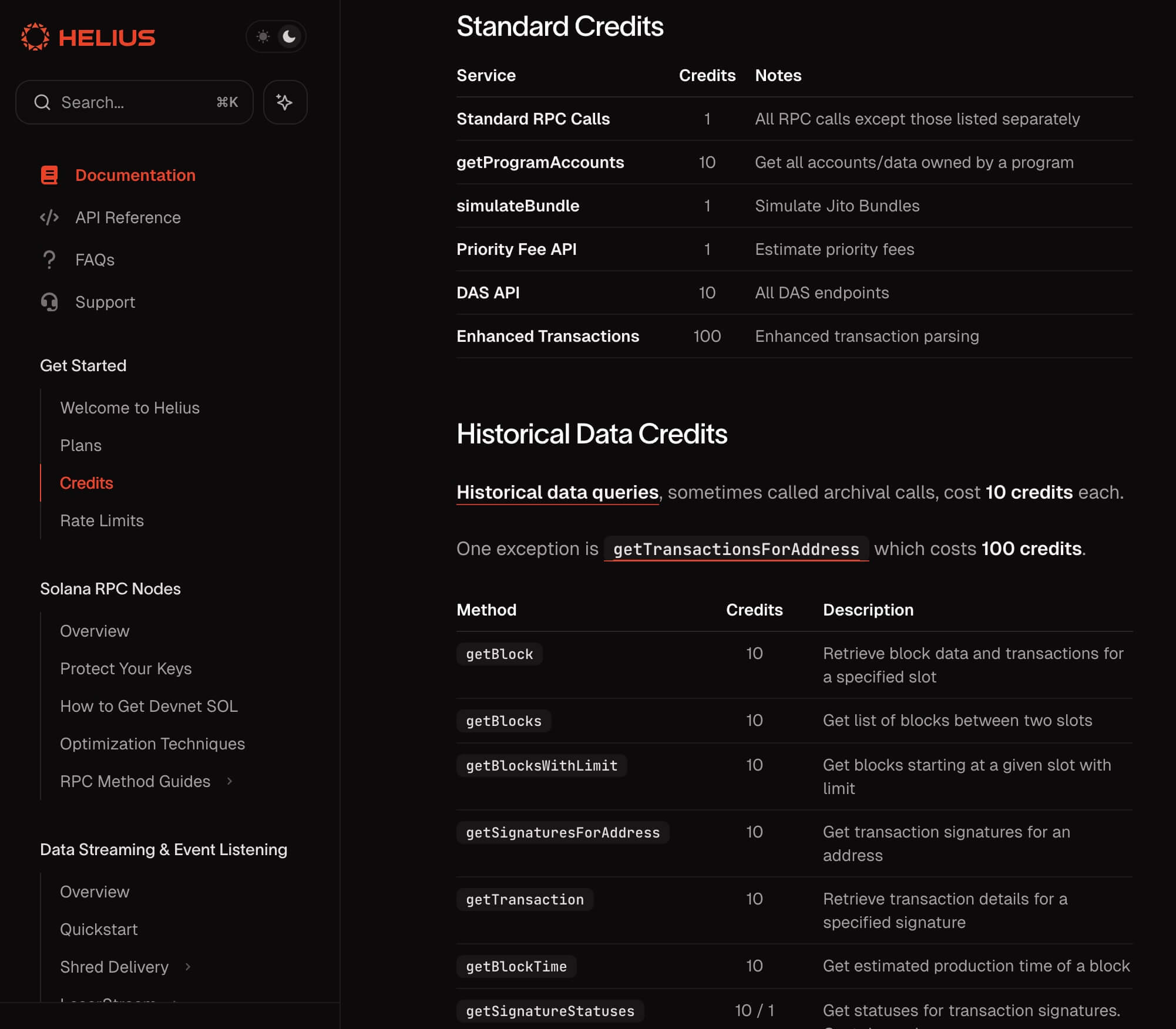
Tip: If streaming volume is your biggest cost variable, use right‑size filters and consider fixed‑rate tiers if you’re always on.
Strengths and trade‑offs
| Strengths | Trade‑offs / watch‑outs |
|---|---|
| Staked sends by default on paid plans; less work to get good landing rates. | Single‑chain scope. Great for Solana, not for multi‑chain stacks. |
| LaserStream gives Yellowstone features without the ops burden (replay, failover, regional). | Some features are plan‑gated (e.g., LaserStream mainnet = Professional+; Enhanced WS = Business+). |
| Enhanced WebSockets (now on LaserStream infra) and Webhooks simplify real‑time work. | Streaming volume can dominate cost; use the data add‑on or tighten filters. |
DAS + Enhanced Tx + getTransactionsForAddress reduce custom indexing and parsing. | Parsers don’t cover everything; some protocols still need bespoke logic. |
| Sender routes to Jito + Helius in parallel (0 credits; tip required). | Needs fee/tip tuning; recommended params (e.g., skipPreflight) won’t suit every workflow. |
Helius vs. Chainstack
- Scope
- Helius: Solana‑only, optimized around low‑latency streaming and fast inclusion.
- Chainstack: Multi‑chain with managed Yellowstone gRPC and an Unlimited Node option for flat‑fee, RPS‑tiered scaling when you want predictable cost.
- Pricing posture
- Helius: Credit plans + data add‑on for streaming; good when you want granularity and can size your data budget.
- Chainstack: Transparent request‑based plans and flat‑fee Unlimited Node to cap spend under steady or bursty workloads.
Quick FAQ
1. How do I start on Helius?
Create a key, point to the mainnet/devnet endpoints. On paid plans, staked connections are automatic—no endpoint swap needed.
2. What’s the big deal with LaserStream?
It’s a managed, Yellowstone‑compatible gRPC with replay and multi‑region failover. Use it when you need reliable, low‑latency streams without running your own nodes.
3. Does Sender cost credits?
No credits; you tip in SOL and it routes to Jito + Helius in parallel. Tune fees for your risk profile.
4. Any gotchas on pricing with Helius.dev?
Streaming volume with Helius is the variable. Consider the data add‑on or tighten filters.
 Ethereum
Ethereum Solana
Solana TON
TON Base
Base BNB Smart Chain
BNB Smart Chain Hyperliquid
Hyperliquid Aptos
Aptos TRON
TRON Ronin
Ronin zkSync Era
zkSync Era Sonic
Sonic Polygon
Polygon Unichain
Unichain Gnosis Chain
Gnosis Chain Sui
Sui Avalanche Subnets
Avalanche Subnets Polygon CDK
Polygon CDK Starknet Appchains
Starknet Appchains zkSync Hyperchains
zkSync Hyperchains











